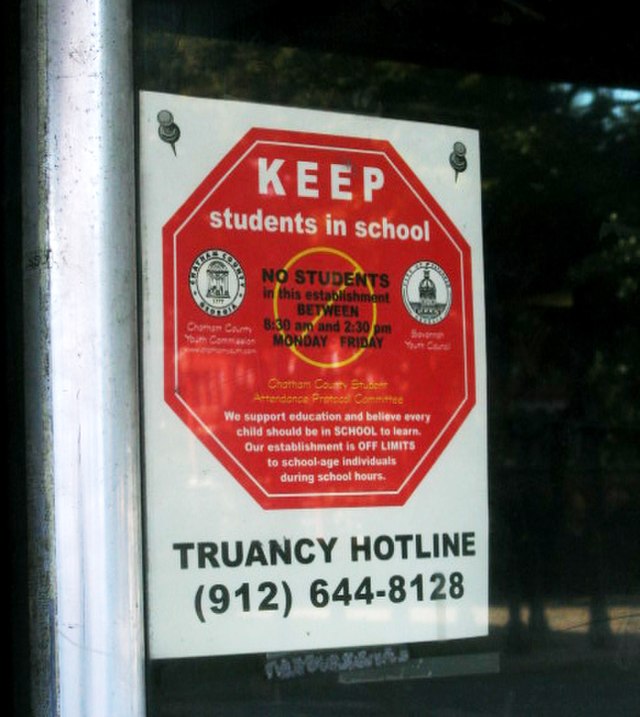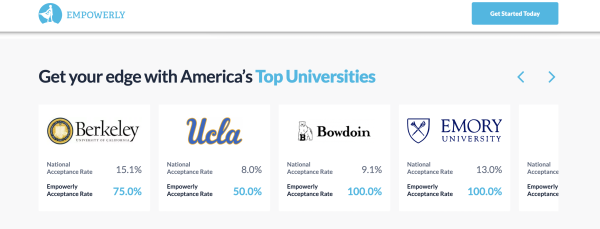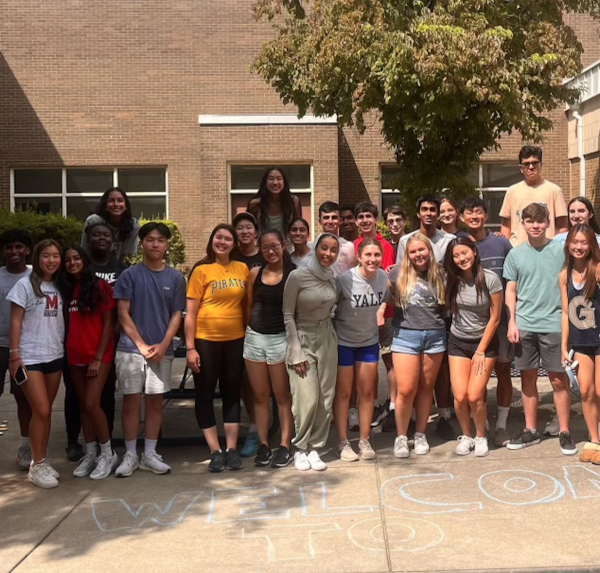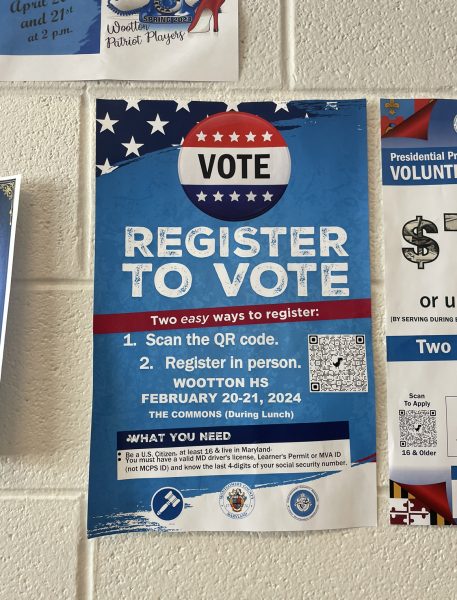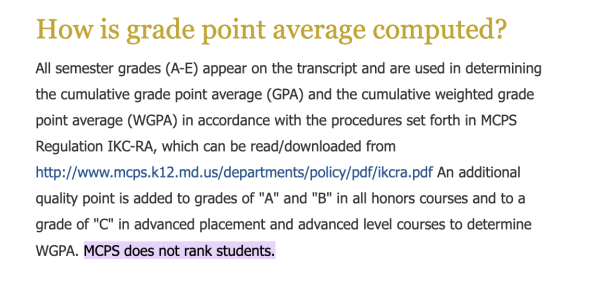Unchecked drug abuse, truancy in MCPS: Metal detectors are not solution, but something must change
Photo used with permission from Wiki Commons
A “Keep students in schools” truancy hotline road sign encourages students to attend school.
For decades, the flight of middle-class families from cities to suburbs has been a defining feature of American life. One of the primary reasons for this migration has been the perception that schools in the suburbs offer a safer and more stable learning environment than urban public schools. Parents tend to believe that the suburbs provide a refuge from the social chaos and disarray they see as pervasive in urban school districts.
While suburban schools tend to be wealthier, better funded and are often able to provide students with high-quality education and programs that may not be afforded by the budgets of schools in areas with lower property values, the notion that suburban schools are uniformly safe, stable and immune to social issues is unfounded. In reality, according to a report from the Manhattan Institute, rates of sexual activity, drug and alcohol use, smoking and crime are nearly identical among students from urban and suburban areas. In fact, although similar, the study found that proportions of students engaging in delinquent behavior tend to be marginally higher in suburban areas compared to urban ones.
The biggest difference between the two is how policies surrounding these behaviors are approached and enforced by schools. In high-income, suburban communities, issues like drug abuse and truancy are often viewed as isolated incidents that can be addressed through individual counseling or disciplinary action, and especially among high-income students who are able to keep up grades and appearances, lenient enforcement often allows them to go unaddressed. On the other end of the spectrum, harsh enforcement in low-income communities can lead to a cycle of punitive measures that fail to address the root causes of these issues, further exacerbating the problem.
For example, a study from the American Sociological Association found that as it stands, metal detectors are more common in high-poverty and high-minority schools. This is despite the fact that according to the U.S. Accountability Office, in a study of school shooting characteristics, suburban and rural, wealthier and low-minority schools had more school-targeted shootings—and these shootings were the most fatal and most commonly committed by students.
The school-to-prison pipeline is a trend that is almost exclusively discussed in the context of low-income, urban school districts, but from what I have observed during my time at this school, it is obvious to me that the pipeline is present in districts of all kinds and simply presents itself in different ways.
What I’m referring to, specifically, is the tendency at this school for certain students, namely low-income students or those with difficult home situations, to be subject to disciplinary action once or twice early on before having a metaphorical target placed on their heads. These students are the ones tending towards chronic absenteeism and drug use because of systemic and familial factors like poverty, abuse or inability to access modes of transportation to and from school.
According to senior Madeleine Blethen, “The school’s main forms of disciplinary measures are one-size-fits-all. More often than not, their goal is to guilt and demonize kids into wanting to be better and do more, but all they really do is fuel students’ resentment of the school system and negative self-image, which causes them to spiral deeper into the behaviors that these measures were trying to correct because the actual issues behind their problems are not being dealt with. Typically, the causes behind things like drug abuse are lack of parental care or lack of care for oneself.”
Once these students have been labeled as delinquents, staff and security know that if they’re followed, they will be found doing something, and they are handed infraction after infraction, with the root cause of their behavior never addressed. These students are not the only ones engaging in these activities, but the students with access to support and resources, who can maintain good grades, extracurricular involvement and so forth while engaging in the same activities, contribute to the positive image the school strives to maintain and are never targeted in the same way.
Affluent suburban districts have been known, for as long as they’ve existed, to turn a blind eye to serious issues in order to maintain a positive image and avoid any negative publicity that may damage their reputation. Because these things are so often viewed as less prevalent, and therefore non-issues in suburban communities, suburban districts may be less inclined to acknowledge and address them when they do occur.
According to a Montgomery County legislative oversight report from 2010, only 43 students, that is, only 4.3% of the almost 1000 students identified as habitually truant, were referred to the Interagency Truancy Review Board. The report also cited concerns from MCPS staff and ITRB members that too few students were referred to the Board and that students would be better served if they were referred to the Board sooner, as well as concerns about the ineffectiveness of the ITRB as a whole. Between 2005 and 2010, the State’s Attorney’s Office prosecuted only 55 MCPS parents and guardians for truancy.
By contrast, a Truancy Report from the 2016-2017 school year from DCPS reported that the school system had maintained a constant rate of educational neglect referrals over the past several years. About 80% of eligible students were referred to the Child and Family Services Agency (CFSA) per year, and that number ranged from around 1,600 to more than 2,000 students per year. The number of parents and guardians prosecuted was not published. However, according to a Washington Post article from 2014, the number of truancy prosecutions in D.C. spiked more than tenfold between 2009 and 2014.
According to an article from the American Academy of Pediatrics, “For older students, being chronically absent is strongly associated with failing at school―even more than low grades or test scores.”
Chronic absenteeism is also linked with teen substance abuse and poor health in adulthood, and as much as it may be treated like one, it is far from a non-issue in MCPS. Addressing these disparities requires a commitment to investing in systemic solutions that address the root causes of these issues, as well as a recognition of the role that social and cultural attitudes play in perpetuating these disparities. While the prison-like practices of school districts like DCPS are not what we should be working towards, the lenience in attention towards issues like drug abuse and truancy among certain students, and disproportionate attention among others in MCPS sets underprivileged students up for failure and ignores issues among the privileged.
Your donation will support the student journalists of Thomas S. Wootton High School. Your contribution will allow us to purchase equipment and cover our annual website hosting costs.
Senior Isaac Muffett is the opinions editor in his fourth year on the Common Sense staff. When he's not writing or researching, he spends his free time...


